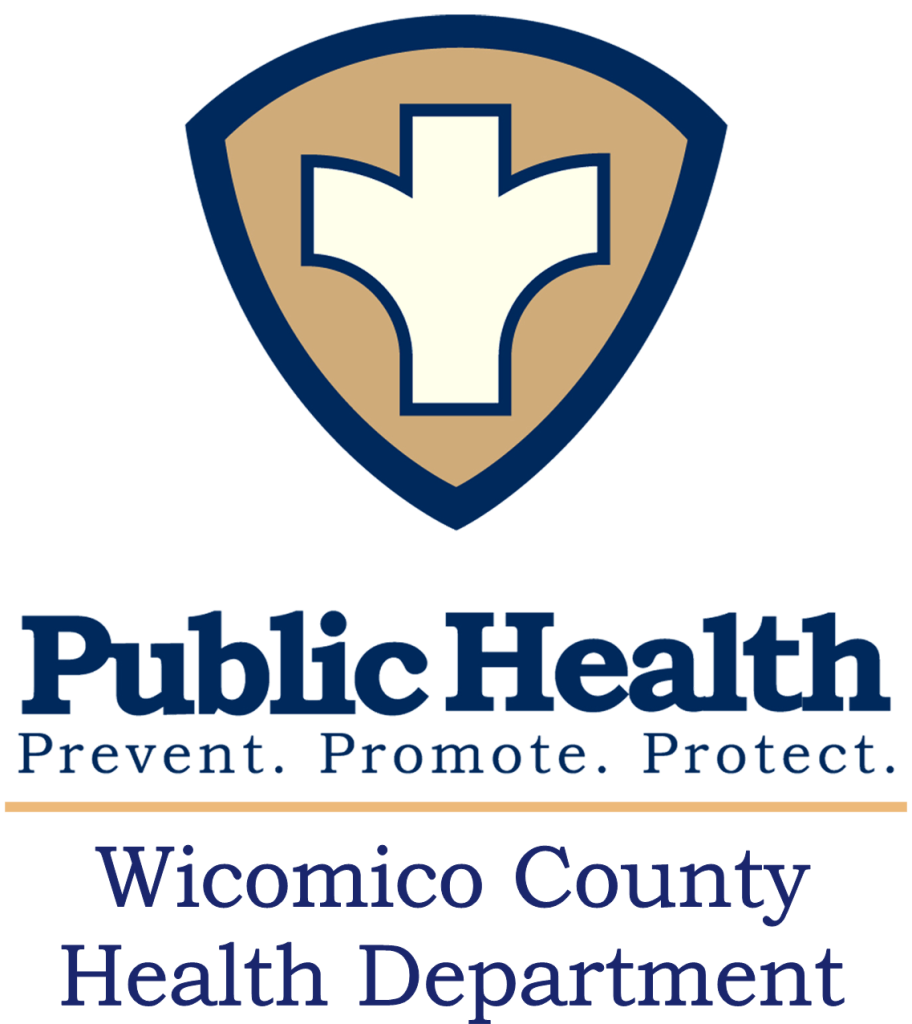
Lead Poisoning Prevention Program
The purpose is to identify children with elevated Blood Lead Levels (BLL) and provide intervention to improve their health status.
A new Lead Testing Targeting Plan for childhood lead prevention calls for all Maryland children to be tested at ages 1 and 2, no matter where they live. Previously, only children living in so-called “at risk” ZIP codes or who were enrolled in Medicaid had to be tested.
What is Lead?
Lead is a metal that can be found in sources such as paint used in older homes built before 1978. It can also be found in soil, water, old painted furniture and toys imported from other countries.
Myth:
The problem is only confined to poor families or caused mainly by children eating paint chips.
Truth:
Approximately 38 million homes in the United States still contain lead-based paints. Lead poisoning is usually the result of swallowing or inhaling lead dust created by chipping, peeling or flaking paint in older homes and rental units built before 1978.
Families of children who test positive with elevated lead blood levels are referred to the program to receive assistance from a lead coordinator for education and/or case management.
Blood lead level results of 5 to 9 will receive education on prevention.
Blood lead level results of 10 or greater will receive case management services*
*case management includes: a lead coordinator from Wicomico County Health Department in coordination with an inspector from the Maryland Department of Environment assessing your home for any possible sources of lead contamination.
*discharge from the program after 2 consecutive blood lead levels are below 5.
Why is lead so dangerous?
Lead poisoning causes irreversible physical and mental disabilities and can affect nearly every system in the body.
Effects:
- Learning disabilities
- Attention Deficit Disorder (ADD)
- Aggressive and violent behavior
- Hearing loss
- Convulsions
- Reduction of motor control/balance
- Mental retardation
- Death
Who is at risk?
- Children under the age of six are most at risk for lead poisoning. Lead disrupts proper brain development during these years.
- Pregnant women and their babies are also at risk. Increased lead levels in pregnant women can lead to an increased risk of miscarriage, stillbirth or low birth weight babies.
- Adults are also at risk of being poisoned with effects ranging from high blood pressure to a higher risk of early death.
Where is lead found most often in your home?
Lead can be found in or caused by:
- Peeling, chipping or damaged lead based paints on windows, doors, stairs, railings and other areas of the home
- Bare soil contaminated with lead ( Bare soil means soil or sand not covered by grass, sod, other live ground covers, wood chips, gravel, artificial turf, or similar covering.)
- Hobbies or jobs such as: contractors, painters, highway workers, stained glass or furniture refinishing)
- Drinking water (lead pipes, solder, brass fixtures and valves can all leach lead)
Others:
- Imported vinyl mini-blinds
- Candles with lead wicks
- Old lead-glazed bath tubs
- Imported plastic toys
- Imported crayons
- Folk remedies and/or vitamins ( examples: Greta, Azarcon, Pay-loo-ah, Kohl, Kandu)
- Car batteries and paints
What are the symptoms of lead poisoning?
Symptoms are difficult to detect until a child is seriously poisoned. Children should be tested at 1 and 2 years of age. Consult your Doctor if your child is already 2 years of age or older.
How can you protect your children?
- Wash your hands before preparing food.
- Make sure your child’s hands, pacifier, bottles and toys are washed often.
- Do not dry scrape old paint. Only wet scrape and wet clean immediately after.
- Do not dry sweep, use a wet or damp cleaning method for floors and surfaces. Always clean sponges and mop heads after use.
- Use only cold water from the tap for drinking, cooking and making baby formula. Hot water from older pipes are more likely to contain higher levels of lead.
- Avoid materials with lead when doing hobbies or crafts.
- Use a vacuum with HEPA filters.
- Don’t let children play in bare soil. ( Bare soil means soil or sand not covered by grass, sod, other live ground covers, wood chips, gravel, artificial turf, or similar covering.)
- If you rent, notify your landlord of any chipping, peeling or flaking paint.
